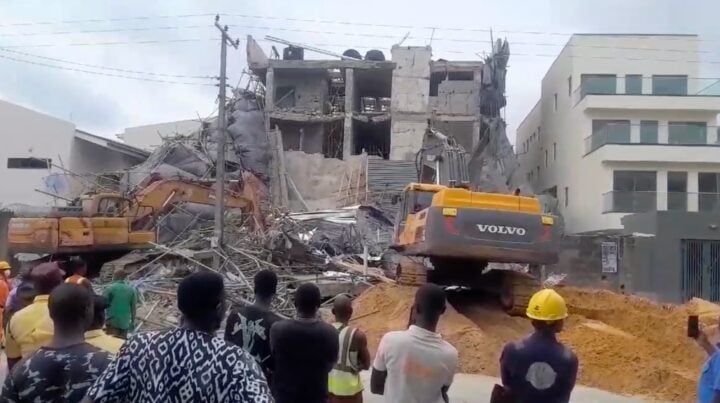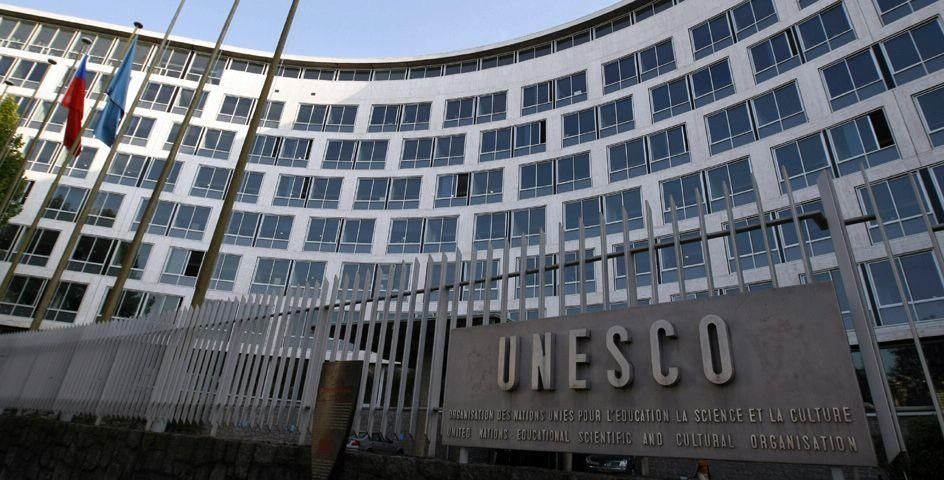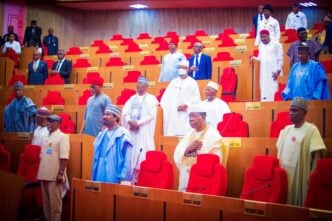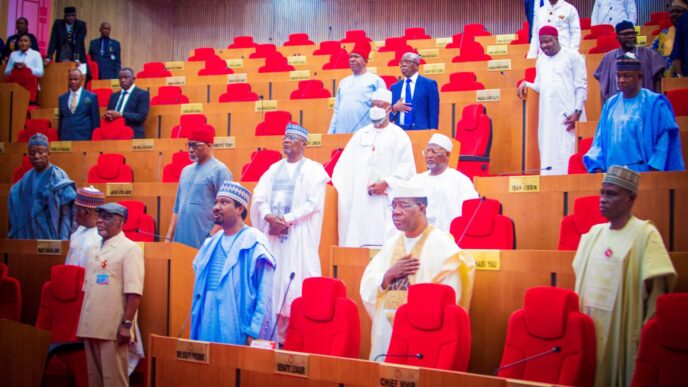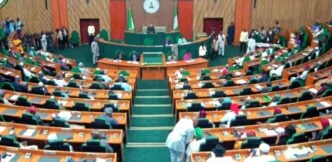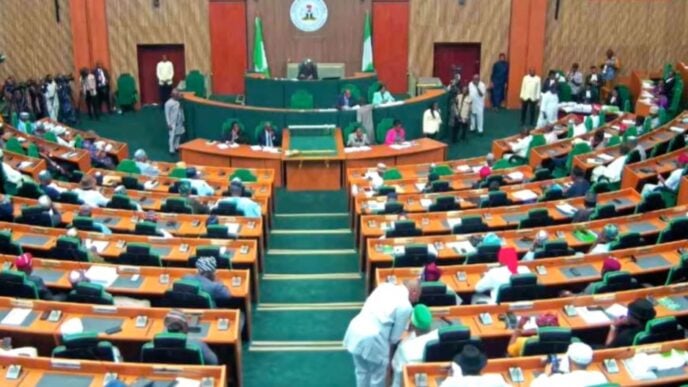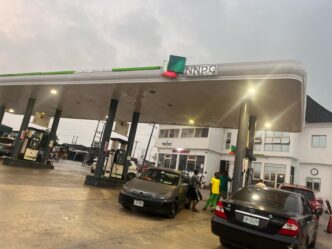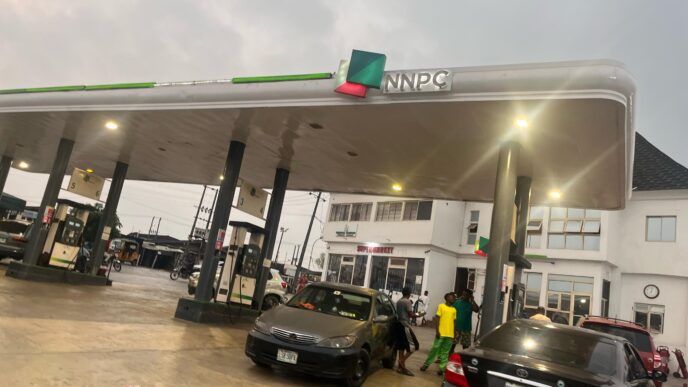Almost every day, new buildings rise across Lagos’s skyline, reflecting ambition, rapid urbanisation, and an insatiable need for housing. But beneath this upward surge lies a troubling pattern where walls buckle, foundations crumble, and structures meant to shelter dreams collapse into dust, revealing a deepening crisis of oversight and accountability.
Each collapsed building is more than a headline. It is a story of ignored warnings, shoddy practices, regulatory failure, and fatal shortcuts in the race to build.
In Lagos, Nigeria’s bustling megacity and centre of excellence, building collapses have become disturbingly routine. Despite a significant housing deficit, some of the standing structures are at risk, and too often, they come crashing down.
The toll is heavy; lives lost, families displaced, dreams buried beneath rubble.
Advertisement
Between January and June 2025 alone, at least six incidents were recorded in the state, claiming 14 lives and injuring many more. Below is a timeline detailing the reported incidents, casualties, and suspected causes.
JAN 29
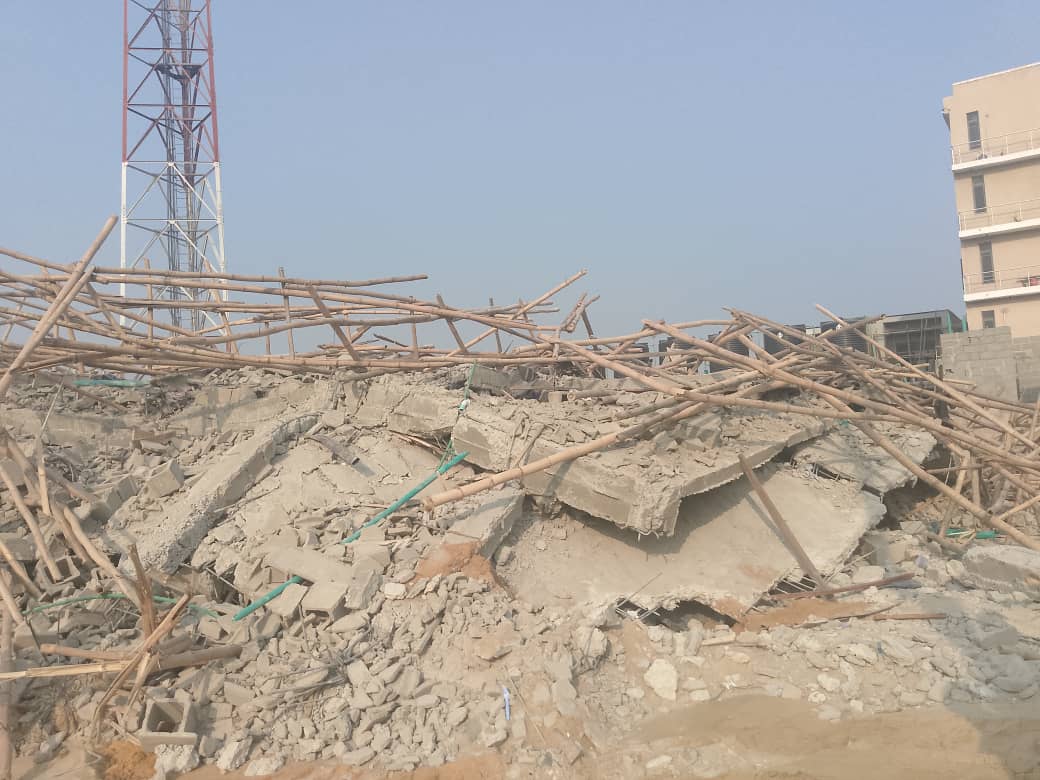
In the early hours of January 29, a two-storey building under construction collapsed in the Ikota, Lekki area of Lagos, killing an adult and a boy.
Advertisement
Ibrahim Farinloye, coordinator of the National Emergency Management Agency (NEMA) in Lagos, said five persons with serious injuries were rescued and taken to the hospital.
MAR 5
On March 5, two persons were killed and six seriously injured after a three-storey building collapsed in the Odoriwu estate at the Elf Bus stop area of Lagos.
APR 19
Advertisement
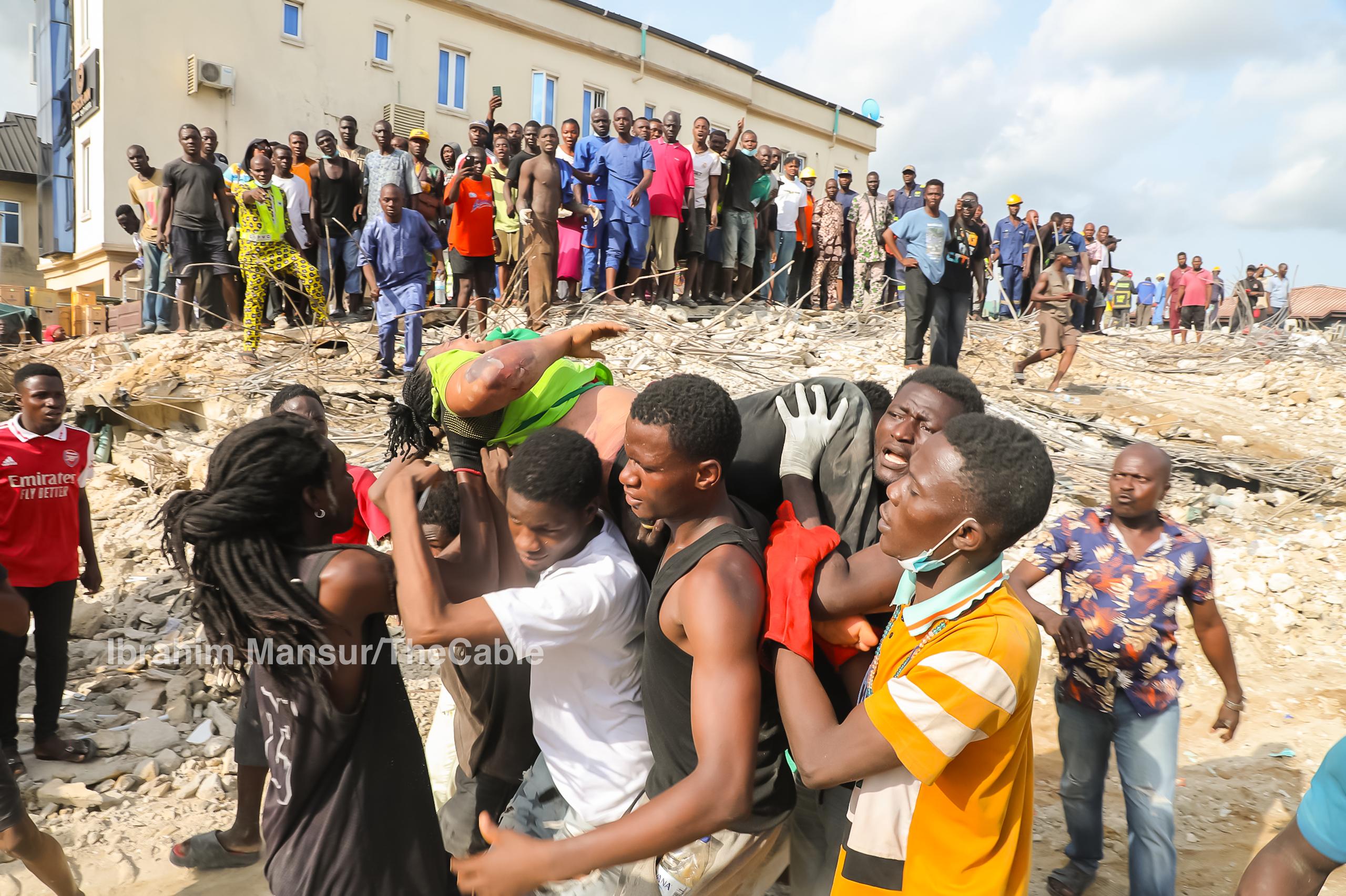
A three-storey building housing a bar and restaurant in the Ojodu-Berger area of Lagos collapsed on April 19.
One person was initially confirmed dead, while nine were rescued alive. But on the third day of search and rescue operations, LASEMA confirmed that a total of 20 individuals had been accounted for, with the death toll increasing to seven.
MAY 18
A storey building under construction collapsed on May 18 at Ishaga Road, opposite Idi Araba Central Mosque, Mushin, Lagos.
Advertisement
While no casualties were recorded in the incident, three adult males rescued alive from the debris sustained injuries.
MAY 27
Advertisement
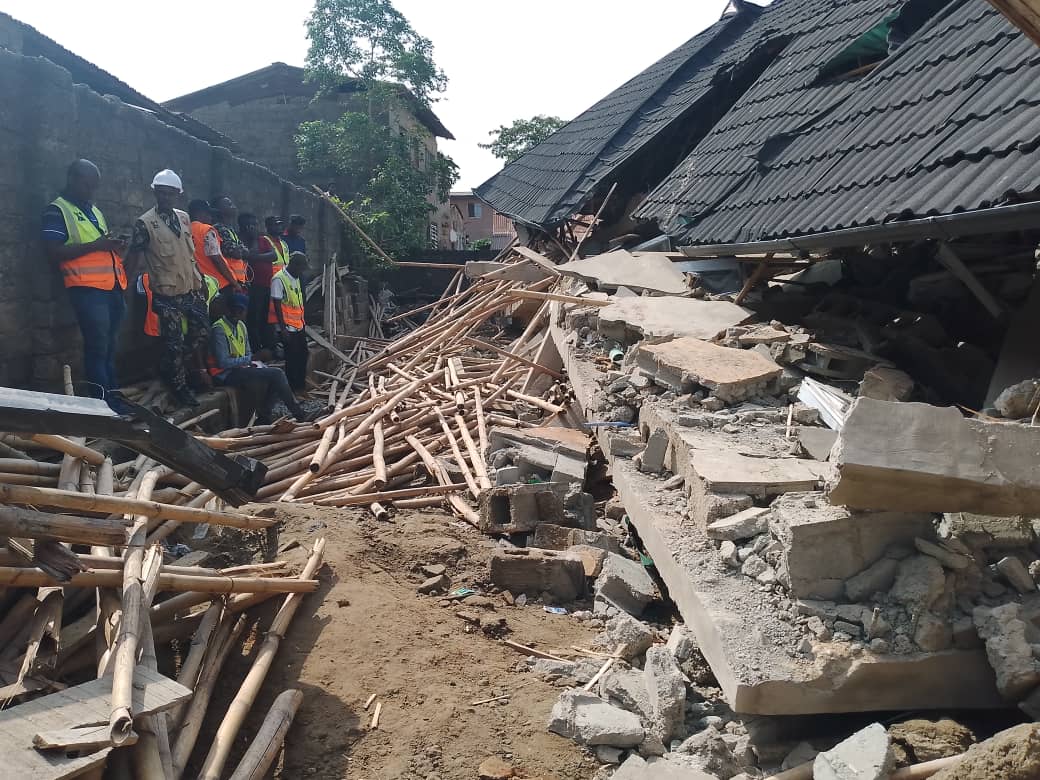
Three people were killed on May 27 after an uncompleted two-story building collapsed, trapping 14 occupants along Obafemi Awolowo Road, Ota-Ona, in Ikorodu LGA of the state.
One person was initially declared dead shortly after the incident, but two days later, LASEMA said two more bodies were recovered from the rubble.
Advertisement
“Investigations revealed that the property owner did not obtain the required building permits, and sub-standard materials were used in construction,” Oke-Osanyintolu said.
JUN 16
Advertisement
An uncompleted two-storey building at its decking stage caved in at Craig Street in the Shomolu area of Lagos.
Oke-Osanyintolu said no casualties were recorded. However, pillars from the collapsed structure fell and damaged parts of a Redeemed Christian Church of God (RCCG) branch nearby.
LAGOS ACCOUNTS FOR MOST BUILDING COLLAPSE INCIDENTS
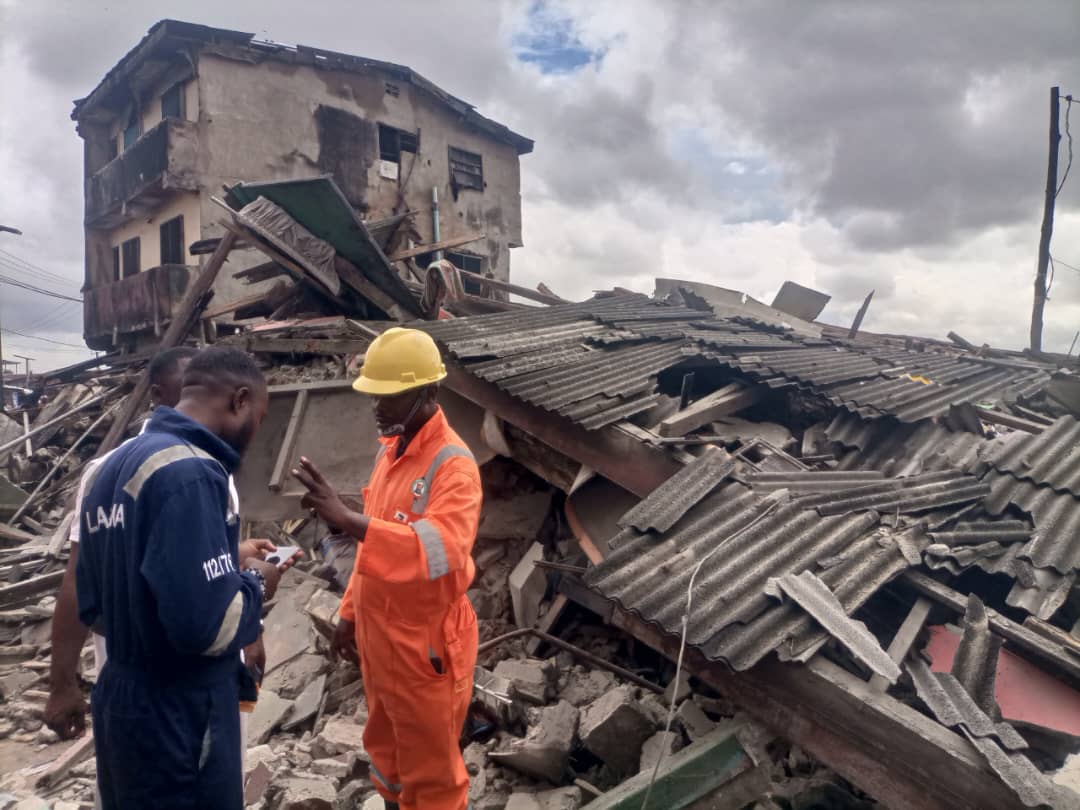
In most cases, regulatory agencies and emergency responders attribute the immediate causes of the collapses to “unknown factors,” noting that investigations were underway to determine the underlying issues.
However, these investigations rarely yield public reports, and there is little transparency about whether anyone is held accountable or prosecuted.
The Building Collapse Prevention Guild, in a 2024 report, said Nigeria recorded 614 building collapse incidents between October 1974 and July 2024.
According to the report, Lagos accounted for 56.68 percent of the incidents, with 348 collapses.
Anambra and Abuja followed with 26 and 25 incidents, respectively.
In June, the BCPG reported an increase in the number of incidents, rising to 653, with 1,616 deaths recorded.
The house of representatives asked the Standard Organisation of Nigeria (SON) to eliminate substandard building materials from Nigerian markets in June.
Billy Osawaru, a lawmaker from Edo state, attributed the persistent building collapses in the country to the use of substandard materials, poor construction practices, and inadequate enforcement of building codes by authorities.
Osawuru said a study shows that low quality materials and cheap labour are responsible for 53 percent of building collapses in Nigeria, “with most of them being private residential buildings executed by Indigenous companies and locals”.
‘NATIONAL EMBARRASSMENT’
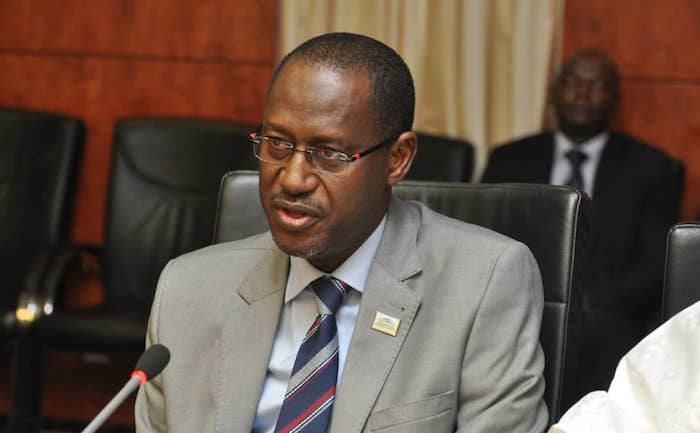
Ahmed Dangiwa, minister of housing and urban development, has described the frequency of building collapses in Nigeria as a national embarrassment.
Speaking in June, Dangiwa said a committee set up to probe the root causes of building collapses came up with 18 recommendations.
The minister said since building control cuts across several sectors and professions, he directed that the committee be reconstituted to include key regulatory and professional bodies within the construction industry.
LAGOS INTRODUCES NEW REGULATIONS
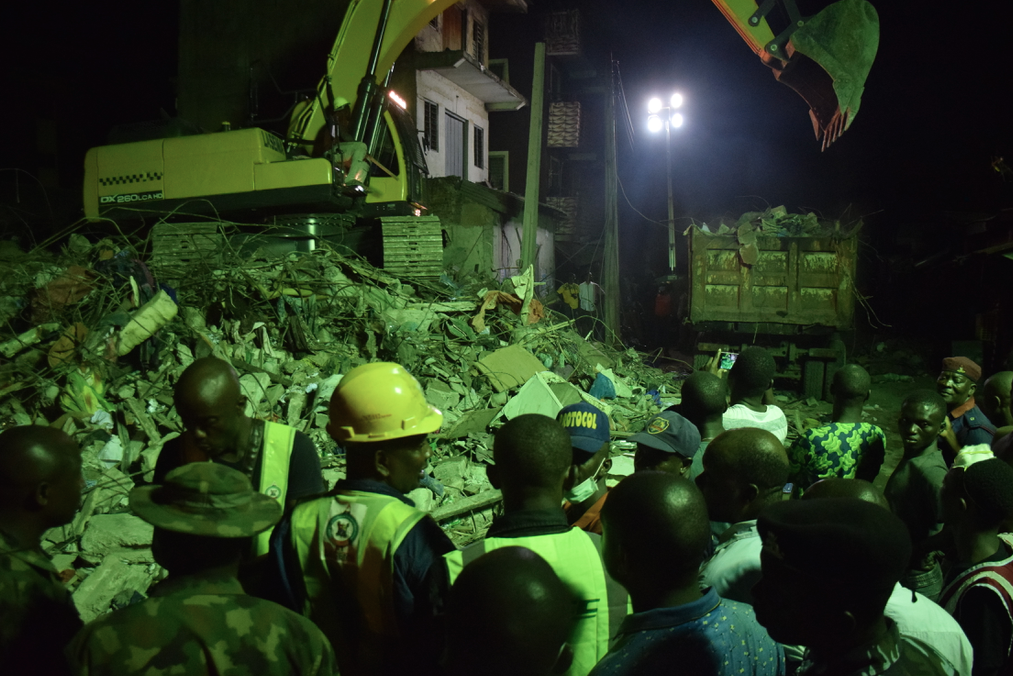
In May, the Lagos state government introduced new regulations limiting activities at building sites to daylight hours.
Oluyinka Olumide, the commissioner for physical planning and urban development, said the decision was driven by multiple objectives, including environmental protection, prevention of building collapses, and the promotion of social well-being and wellness among residents.
Two months earlier, the government unveiled the Certified Accreditors Programme (CAP), a new reform designed to strengthen building regulations and promote safer construction practices.
The programme was established based on recommendations from a panel set up in 2021 to advise on strategies for preventing building collapses.
Sanwo-Olu described CAP as an added layer of oversight intended to boost safety standards within the construction industry.
But will it be enough? Or will Lagos remain a city where buildings rise and fall, with devastating consequences?

